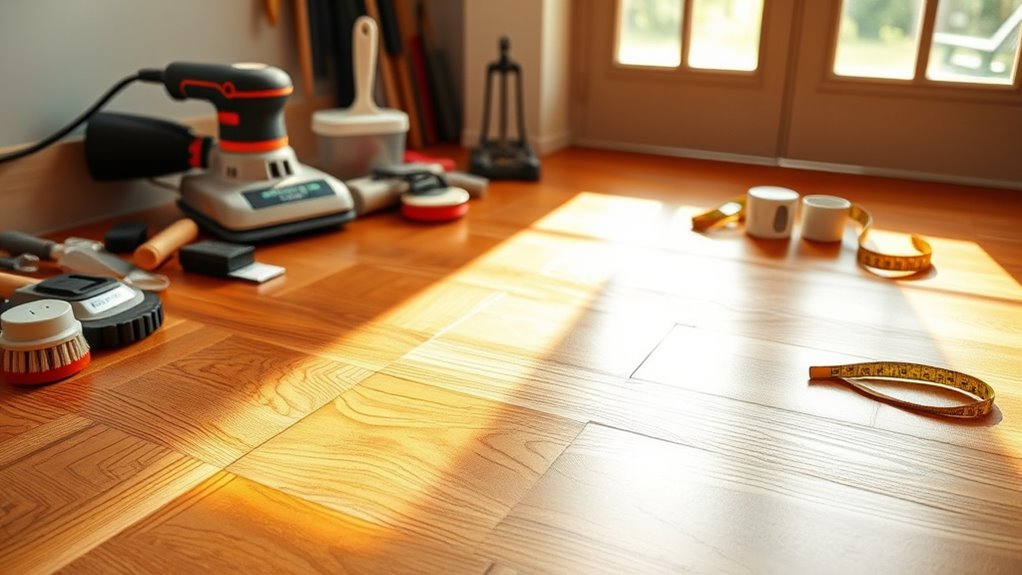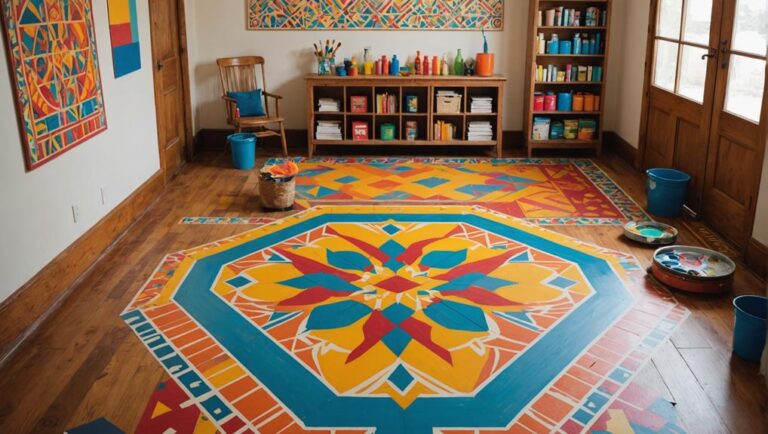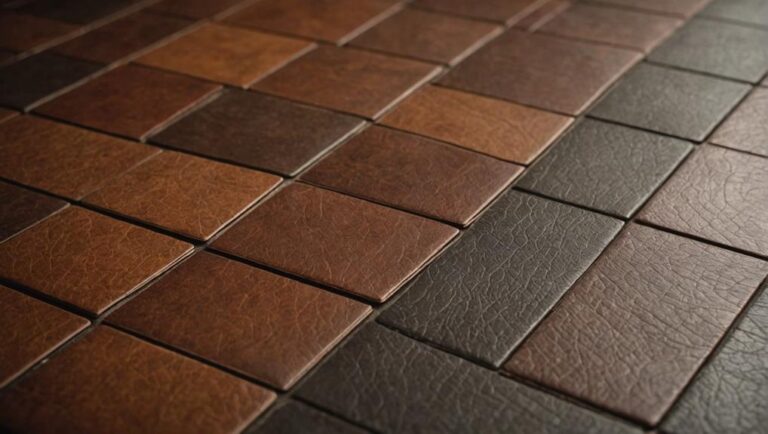When figuring out how much it costs to refinish your floors, consider five key factors. The size and condition of the floor affect materials and prep work needed. The type of flooring material determines the refinishing method and costs. Your choice of stain and finish impacts durability and appearance. Labor rates vary by contractor experience and location. Finally, additional repairs like filling cracks or replacing boards add time and expense. Keep going to uncover how these details shape your project budget.
Size and Condition of the Floor
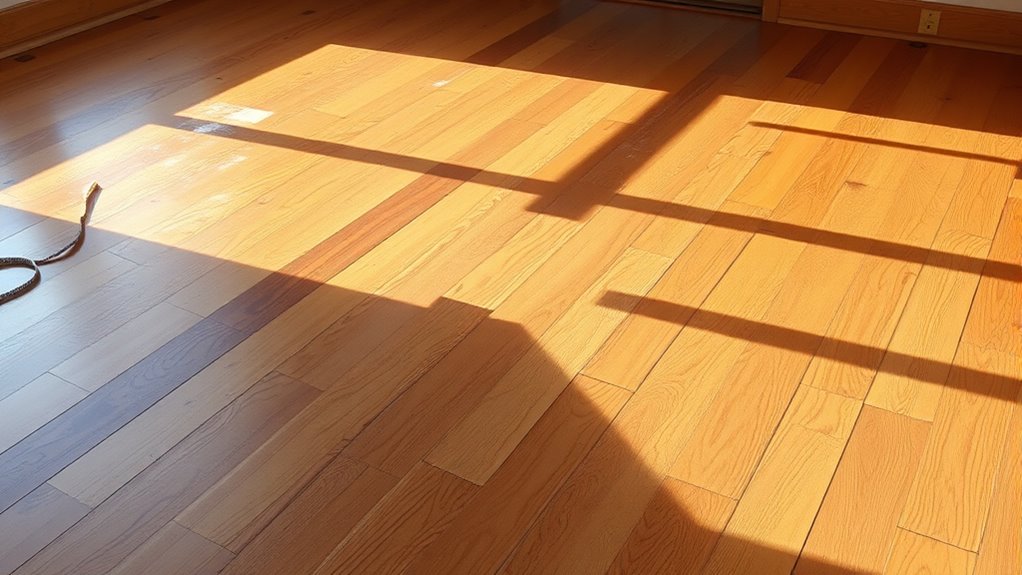
Although the overall cost of floor refinishing depends on various factors, the size and condition of your floor play an essential role. When evaluating floor dimensions, larger areas naturally require more materials, labor, and time, increasing costs. You’ll want to measure accurately to avoid surprises in your budget. Surface damage is another crucial consideration; floors with deep scratches, stains, or warping demand extra prep work like sanding or repairs, which add to expenses. Minor imperfections may only need light sanding, but significant damage calls for specialized treatment, impacting price. Understanding these elements empowers you to plan effectively and achieve a refinished floor that offers both aesthetic appeal and durability without compromising your financial freedom.
Type of Flooring Material
Because different flooring materials have distinct properties, the type of floor you have considerably influences the refinishing process and its cost. For example, hardwood versus laminate requires different approaches—hardwood can be sanded and refinished multiple times, while laminate typically can’t be sanded and often needs replacement if damaged. Similarly, tile versus carpet presents unique challenges: tile may need grout cleaning and sealing rather than traditional refinishing, whereas carpet usually demands replacement rather than refinishing. Your choice affects not only labor but also materials and equipment costs. Understanding these distinctions helps you make informed decisions and anticipate expenses. By recognizing how each flooring type demands specific care, you gain the freedom to select the best refinishing option that fits both your aesthetic goals and budget constraints.
Choice of Finish and Stain
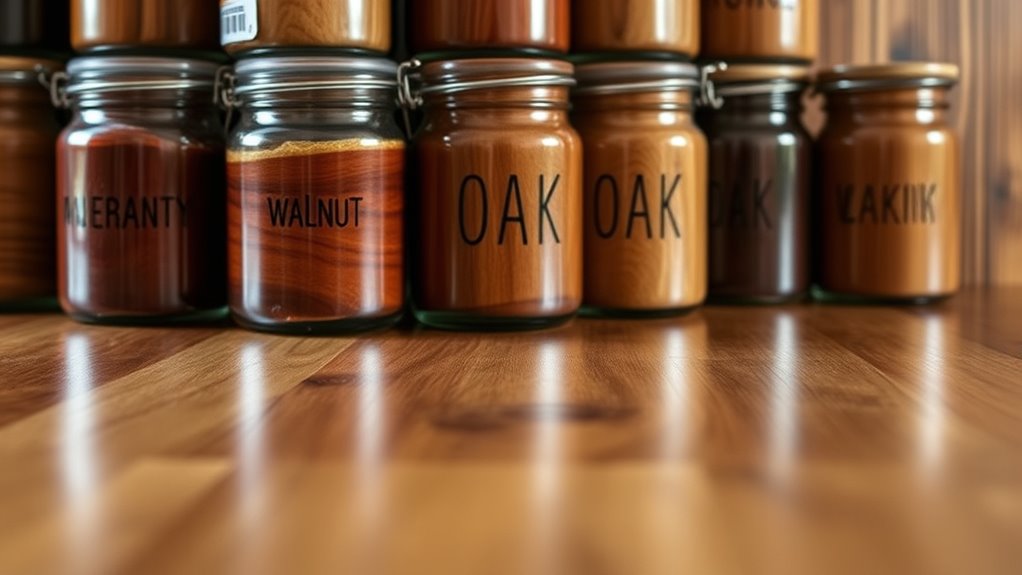
When deciding on the finish and stain for your floor, you’ll want to contemplate how each option impacts both the look and durability of the surface. The stain color you choose sets the tone—whether you prefer a rich, dark hue or a light, natural appearance. Different stain colors can highlight wood grain uniquely, so pick one that complements your space. Finish durability matters most for high-traffic areas; polyurethane finishes offer robust protection, while oil-based finishes provide a warm glow but may need more upkeep. Water-based finishes dry faster and resist yellowing, ideal if you want long-lasting clarity. Your choice directly influences how often refinishing might be necessary, affecting overall costs. Balancing stain color and finish durability guarantees your floor remains beautiful and resilient over time.
Labor and Professional Services
Labor and professional services play a significant role in determining your floor refinishing costs. The labor rates charged by contractors vary widely depending on experience, location, and demand. Higher rates often reflect superior service quality and craftsmanship you’ll appreciate over time. When budgeting, consider these factors:
Labor costs vary by experience, location, and demand, often reflecting the quality and craftsmanship of the service.
- The complexity of the job—intricate patterns or large spaces increase labor time.
- The contractor’s reputation—top pros charge more but deliver lasting results.
- Availability—peak seasons may push labor rates higher due to demand.
- Equipment and technique—modern methods might cost more upfront but save you money long-term.
Choosing skilled professionals guarantees your floors look flawless and last longer, freeing you from costly redo’s. Keep service quality front and center when evaluating labor costs.
Additional Repairs and Prep Work
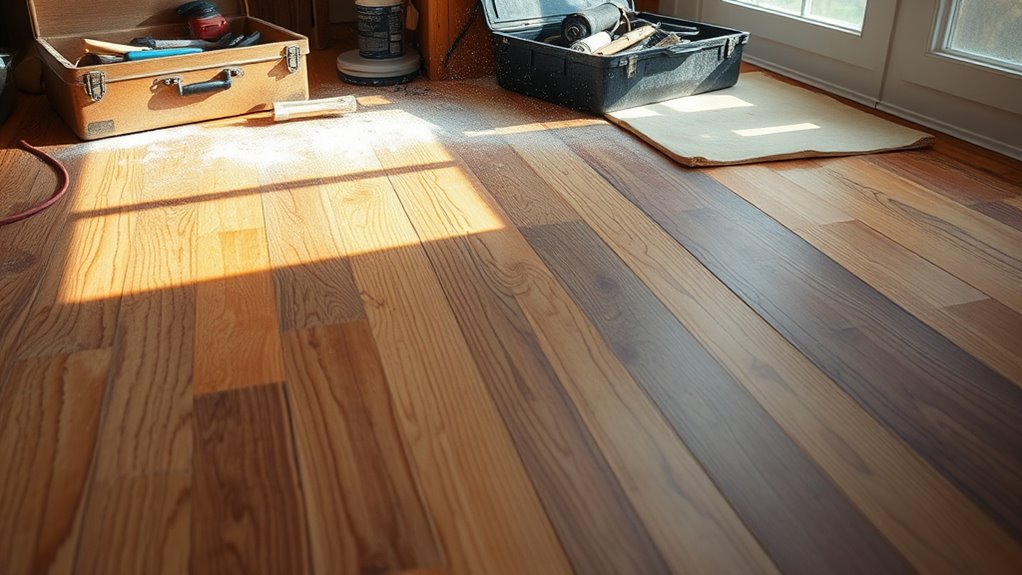
Beyond the cost of skilled labor, additional repairs and prep work can greatly impact your floor refinishing budget. If your floors have significant floor damage—such as deep scratches, gouges, or water stains—you’ll need specialized repair techniques before sanding and finishing. These repairs might involve filling cracks, replacing damaged boards, or treating mold, all of which require time and materials. Proper prep work guarantees a smooth surface, preventing uneven finishes or premature wear, ultimately saving you money in the long run. By addressing these issues upfront, you maintain the floor’s integrity and aesthetics. Understanding the extent of floor damage and necessary repair techniques helps you plan your budget realistically, granting you the freedom to enjoy a flawless, durable floor without unexpected costs.

